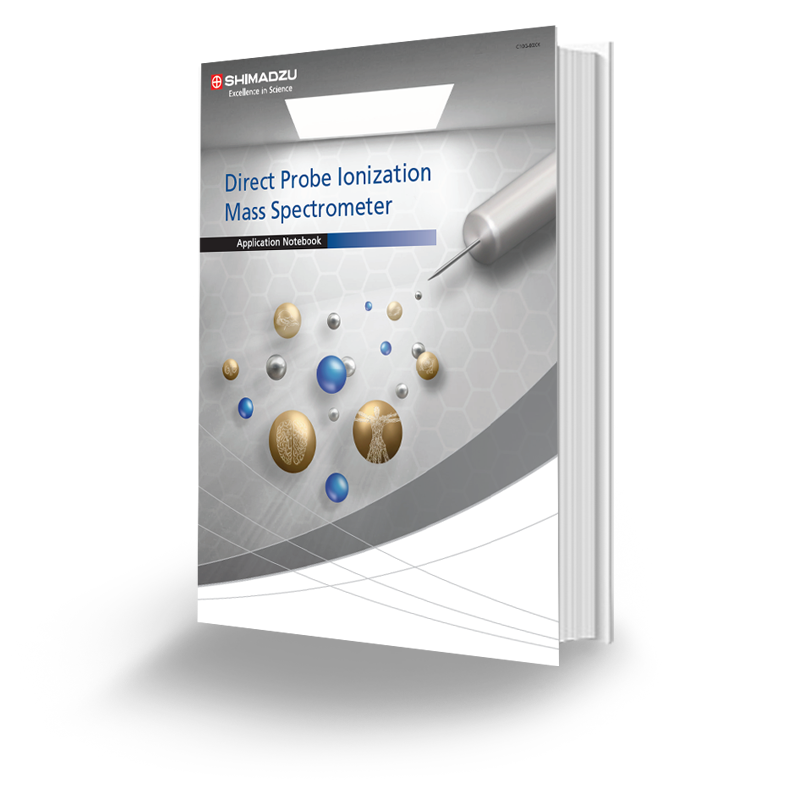Simple & Direct Mass Spectrometry Analysis








DPiMS: Direct Probe Ionization Mass Spectrometer
Direct Probe Ionisation Mass Spectrometry
Direct Probe Ionization Mass Spectrometer (DPiMS) uses an ionization method which successfully incorporated the high ionization efficiency of electropray ionization (ESI) and the simplicity of matrix-assisted laser desorption/ionization (MALDI). This was achieved by using an ultrafine needle to sample an extremely small volume of sample on its surface and subsequently applying high voltage to the needle to imitate an ESI probe. Hiraoka et al has explained that applied voltage allows electron transfer from the solvent and causes migration of solute and solvent towards the needle-tip by electrostatic repulsion, which eventually form a jet of nano-droplets and a Taylor cone like observed in a normal ESI process. The new ionization technique was named Probe-ESI (PESI).

DPiMS, with the PESI technology implemented, is characterized by the microscopic sampling volume and high sensitivity for the amount sampled. In a typical application, compounds at a low ng/mL concentration range can be readily detected by DPiMS, in which case the actual abundance of compound subjected to MS can be as small as a few attograms. For this, DPiMS can be a robust solution for the routine analysis of high-complexity matrices, such as plasma or food extract, as contamination of MS hardware can be perfectly mitigated. Moreover, direct sampling from solid samples causing minimal destruction might enable new applications such as real-time analysis of live tissues or cells.

Mechanism of Action
1. DPiMS works with 'wet' samples
Solid Samples


Liquid Samples

Single data acquisition completes within seconds



DPiMS can be used interchangeably with LC/MS



Tackle Challenges in Various Applications
Polar compounds are challenging to analyze in complex food matrices
Some compounds are not amenable to chromatographic separation
Wide-ranging samples states and sample types
Trade-off between low sample volume and high-throughput

Features of DPiMS
-
Perform MS analysis directly on the sample
-
Suitable for thermally labile compounds, no direct heat applied
-
Highly resistant to MS contamination

The unique ionization mode of DPiMS offers much quicker and simpler analysis

DPiMS has the potential to fill the gap between liquid chromatography and gas chromatography techniques

DPiMS can provide a method that works provisionally for a variety of sample types and sample states

Clinical testing labs are looking at on-site microvolume analysis, this can be enabled by DPiMS's unique configuration
Download the free Application Booklet and learn more about the DPiMS-8060
